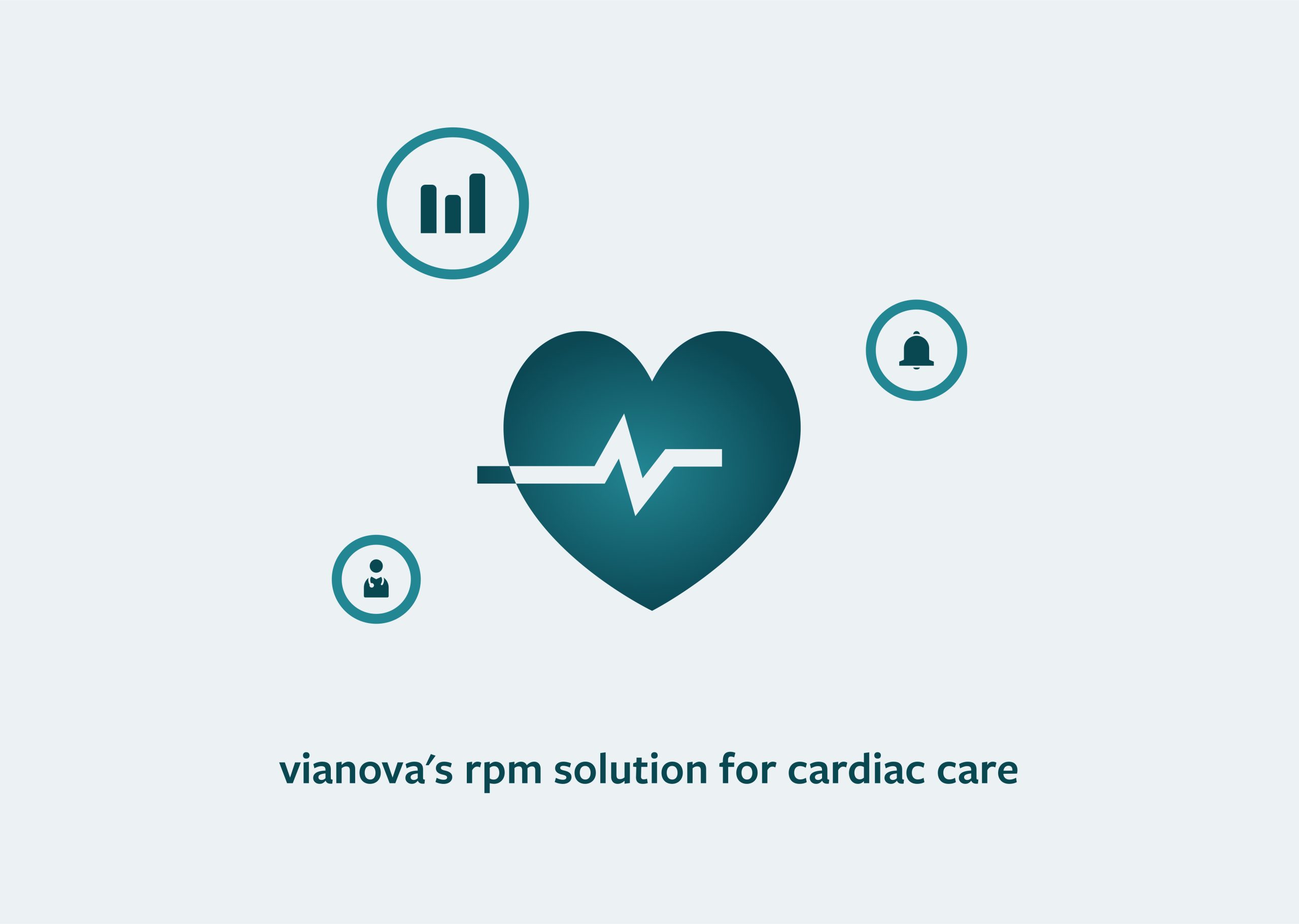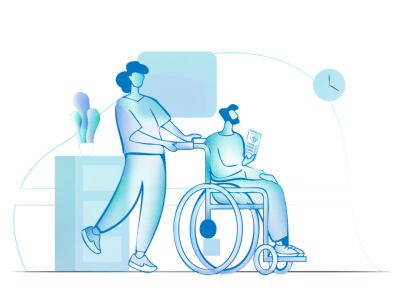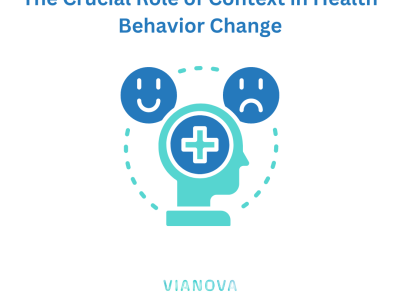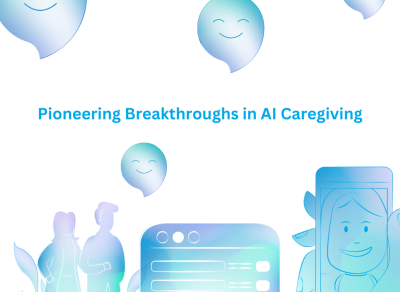
A Closer Look at Cardiac Monitoring with Vianova’s RPM Solution
Cardiac health is of paramount importance, and advancements in technology have opened up new horizons for better patient care. In this blog, we’ll take a deep dive into the mechanics of Vianova’s RPM solution and its profound impact on cardiac monitoring and diagnostics. Our journey will offer a comprehensive understanding of the technology and its pivotal role in early detection and prevention of heart-related issues, ultimately reshaping the way we approach cardiac care.
Detailed explanation of how Vianova’s RPM solution facilitates continuous cardiac monitoring
Vianova’s RPM solution stands as a beacon of innovation in the realm of cardiac health. It facilitates continuous cardiac monitoring through a sophisticated yet user-friendly system. At the heart of the platform are wearable devices that patients can easily incorporate into their daily lives.
These devices continuously track vital signs such as heart rate, ECG readings, and blood pressure. The generated data is then transmitted in real-time to healthcare providers, allowing for a dynamic assessment of the patient’s condition. The system is designed to be unobtrusive and integrated, meaning patients can go about their daily routines with minimal interference.
The platform provides users with an intuitive interface for monitoring their health data, empowering them to take charge of their well-being. This constant connection to healthcare providers ensures that any concerning changes are promptly identified and addressed.
The role of RPM in early detection and prevention of cardiac events
Early detection and prevention are the cornerstones of effective cardiac care. Vianova’s RPM solution is instrumental in this regard. It provides a safety net for patients, offering continuous surveillance that significantly reduces the time gap between symptom onset and intervention.
Through its robust ECG monitoring and symptom tracking, RPM detects even subtle irregularities that might otherwise go unnoticed. This is especially critical in cases where cardiac events can be life-threatening.
For example, a patient experiencing a minor arrhythmia might not recognize the significance of their symptoms. However, Vianova’s RPM solution would automatically alert healthcare providers, leading to swift action to prevent a more severe cardiac event. This proactive approach can be a lifesaver.
Comparisons with traditional monitoring methods, showcasing the advantages of RPM
To truly grasp the transformative nature of Vianova’s RPM solution, it’s essential to compare it with traditional monitoring methods. While traditional periodic check-ups and hospital visits have their place, they lack the continuous vigilance that RPM offers.
Traditional methods rely on occasional assessments, which might miss critical data in between visits. In contrast, RPM provides a real-time, 24/7 connection to healthcare providers. It bridges the gaps, ensuring that any emerging issues are addressed swiftly.
Moreover, it reduces the burden on patients, who would otherwise need to make frequent trips to healthcare facilities. RPM, with its remote and non-invasive monitoring, fosters patient comfort and convenience, which is especially vital for individuals managing chronic cardiac conditions.
In this new era of cardiac care, Vianova’s RPM solution is redefining how we monitor and diagnose heart-related issues. It’s an invaluable tool for healthcare providers and a reassuring companion for patients. As we continue our journey in this blog series, we’ll explore how RPM is revolutionizing the way we approach cardiology care and why it’s paving the way for a brighter, healthier future. Stay tuned for more insights into the world of remote patient monitoring.



FEEL FREE TO DROP US A LINE.